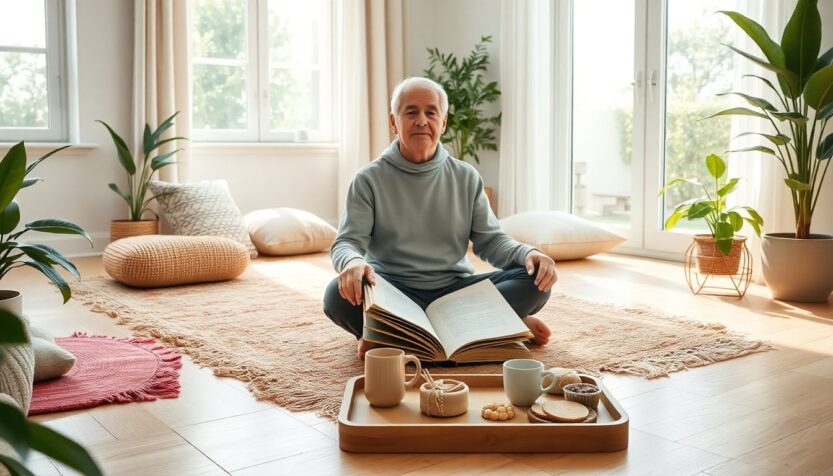Do you have a favorite spot in your home where you love to relax, perhaps with a good book and some snacks? While that sounds appealing, have you considered that the floor could be your new ally for maintaining fitness and flexibility as you age? This article explores the intriguing concept of floor sitting and its potential benefits.
What is floor sitting and why should you care?
Floor sitting, as the term suggests, involves choosing to sit on the floor instead of on furniture such as sofas or armchairs. This practice is more than a simple change of scenery; it is deeply embedded in various cultures worldwide. In countries like Japan, Korea, and several Middle Eastern nations, people frequently engage with the ground for relaxation, work, and social interaction.
Recently, awareness about the health risks linked to prolonged sitting on furniture has increased. The phrase “sitting is the new smoking” has become commonplace. With the rise of social media trends, #floortime has gained traction, highlighting how this practice can enhance flexibility, posture, and overall health. Have you noticed those viral videos? They certainly provide motivation.
Consider the benefits of getting down on the floor to play games with your grandchildren or enjoying a picnic without needing a blanket. You do not have to eliminate your furniture; rather, embracing floor sitting can open up new opportunities for movement and flexibility. Are you prepared to redefine how you age?
Getting started with floor sitting
Are you curious about how to begin? It is essential to ease into floor sitting, especially if your body is accustomed to soft cushions. Start with short intervals—approximately 10 to 15 minutes each day—and gradually increase your duration as your body adapts. It is normal to feel a bit awkward at first.
To start, find a supportive spot, such as leaning against a wall or your couch. As you develop strength, you will find it easier to sit unsupported for extended periods. The key is to listen to your body; while some discomfort is expected, pain should prompt caution. Remember, the goal is to reclaim your flexibility, not to cause discomfort.
One of the most significant advantages of floor sitting is its engagement of core muscles, which can improve posture and potentially alleviate back pain. Many individuals notice a positive change in their stability and strength once they incorporate this practice into their routine. Reflect on how sitting can influence your entire body.
The holistic benefits of floor sitting
Beyond the physical aspects, floor sitting offers holistic benefits. Engaging with the ground can foster a sense of connection and playfulness, particularly when interacting with children. It provides an opportunity to engage at their level and enjoy simple pleasures.
Additionally, floor sitting can enhance self-esteem. There is something empowering about being able to rise from the floor independently. This seemingly small accomplishment can significantly impact your self-perception. If Arthur Boorman, a disabled veteran, can overcome challenges through movement, then we can too.
The ultimate goal is to age gracefully while maintaining independence. By incorporating floor sitting into our lives, we not only enhance our physical capabilities but also enrich our emotional well-being. Are you ready to explore the benefits of floor sitting? Share your thoughts and experiences in the comments below.
Floor sitting, as the term suggests, involves choosing to sit on the floor instead of on furniture such as sofas or armchairs. This practice is more than a simple change of scenery; it is deeply embedded in various cultures worldwide. In countries like Japan, Korea, and several Middle Eastern nations, people frequently engage with the ground for relaxation, work, and social interaction.0

